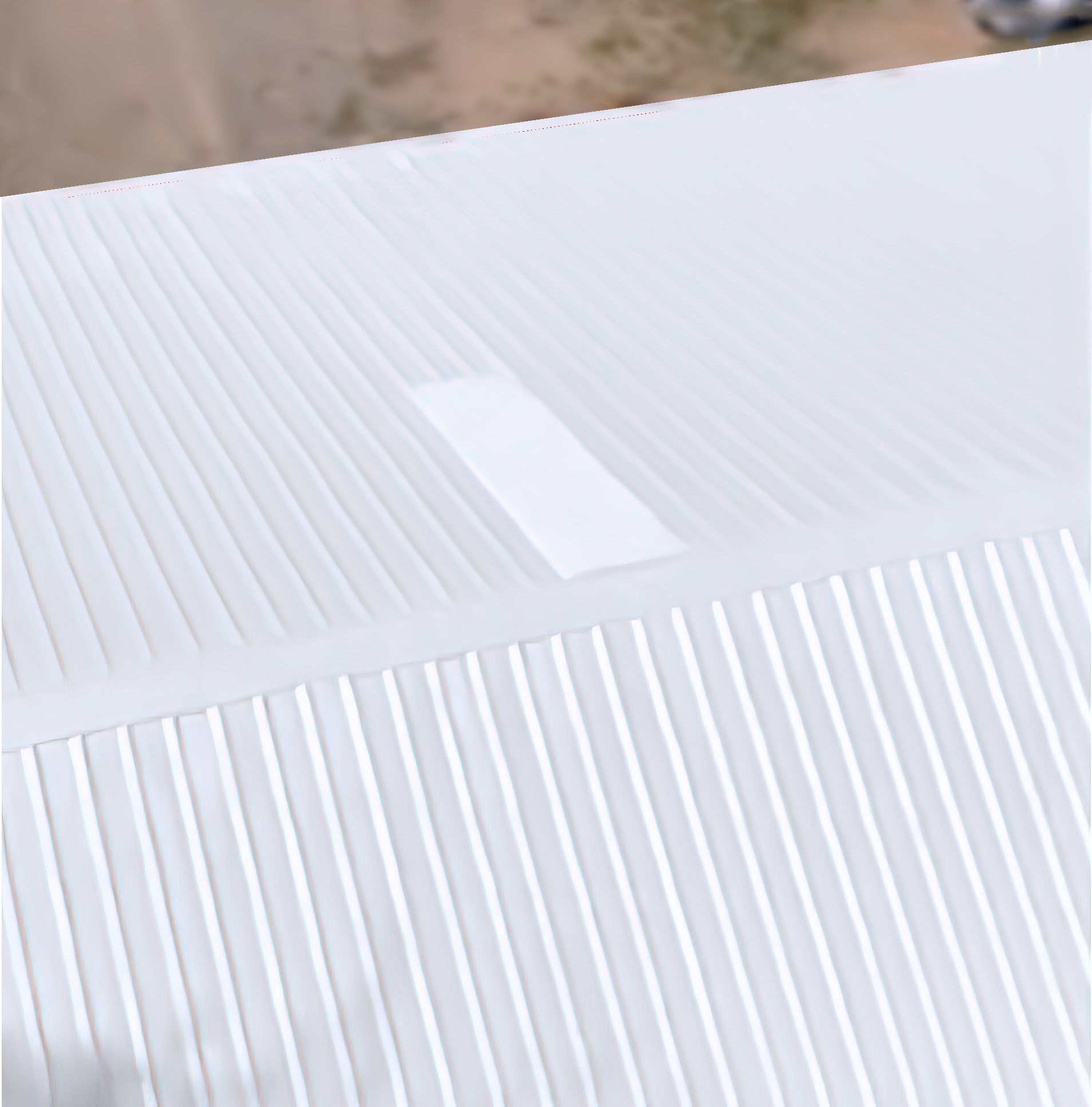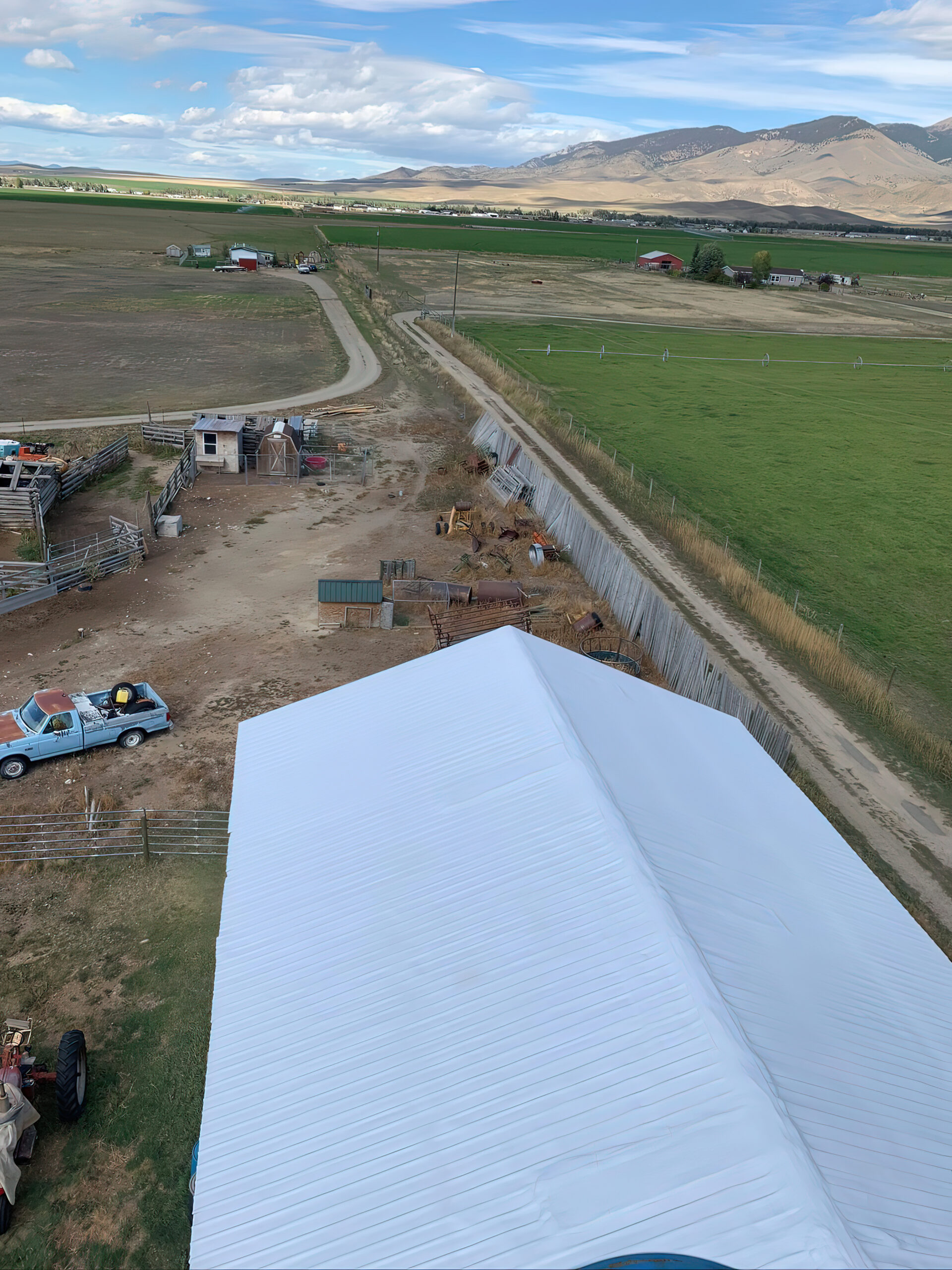Spray Foam Roofing
When it comes to spray foam roofing, our team is well-versed in the industry, ensuring excellence in every project we undertake. Whether you have a minor task that requires completion or you’re embarking on a significant project, our knowledgeable team possesses the necessary skills and tools to ensure a successful outcome. Our commitment is to provide a solution that not only meets your requirements but also leaves you with a sense of pride when implemented. Trust us to deliver superior results, ensuring that the job is done right and giving you a solution you can proudly utilize.
Benefits of Spray Foam Roofing
With proper installation and regular maintenance, a commercial SPF (Spray Polyurethane Foam) roof has the potential to last up to 50 years. In addition to its remarkable longevity, SPF roofing systems offer a host of other benefits:
- Energy Efficient – SPF delivers thermal, air, and moisture barriers to provide the highest R-value per inch.
- Durable – The foam material can expand and contract with the building, decreasing the likelihood of cracks and splitting.
- Seamless and Waterproof – The continuous solid surface does not require joints or seams, removing the most vulnerable area for leaking.
- Environmentally Friendly – In most cases, there is minimal stripping of the original roof – eliminating the need for costly roof tear-offs and waste.
- Colors– Spray foam roofing comes in White, Off White, Silver and Gray. We can also mix custom colors such as terracotta.
Single-Ply Membrane Roofing
Although the benefits of a single-ply membrane roofing system outweigh the drawbacks, it is essential to consider a few factors. Here are some disadvantages associated with single-ply membrane roofing systems:
- Durability – Single-ply membrane roofing does not have a hard top layer to protect the synthetic rubber from dropped tools, gravel or loose screws from being pushed into the rubber membrane.
- Seams – Although these seams are sealed either mechanically or with melting adhesives, they are still areas that are more vulnerable to leaks than other roofing systems.
- Roofing Accessories – Penetrations such as skylights or vents need special attention during installation.
- UV Rays – UV rays that shine directly on the roof can degrade the adhesives quickly over time.
How long does spray foam last? Why is it better than TPO or EPDM rubber membrane ?
Different types of roofing systems can have vastly different life cycles of their own. These disparate life-cycles are “hugely” influenced by the climate in which they reside. The average life-span of a spray foam roof is 15 to 20 years. BUT, we’ve personally walked on spray foam roofs that are 55+ years old. Unlike other flat roofing materials, SPF roofs can be infinitely renewed. This is certainly one of the many advantages of a foam roof.
You’re probably wondering if you read that correctly… So let us spell it out again: Spray foam roofs can be infinitely renewed.
This means that with proper routine care and maintenance spray polyurethane foam roofs can basically last forever. [Cue the haters & naysayers.] To be fair, you will greatly extend the life of any roofing material if you show it regular tender, love, and care. Nonetheless, they will still reach a point of degradation where maintenance no longer works and replacement is your only option.
So, what’s the secret to getting a spray foam roof to last forever?
Protect it from ultraviolet (UV) light. UV light is polyurethane foam’s #1 enemy. A spray foam roof will need to be protected from the sun in order to be an insulator and water proof. If the foam is damaged by the sun, it will take on water and then it will be damaged.
Many people incorrectly assume that the coating over a spray foam roof act as the water protective barrier. But, the coating’s sole responsibility is to protect the foam from the sun.




